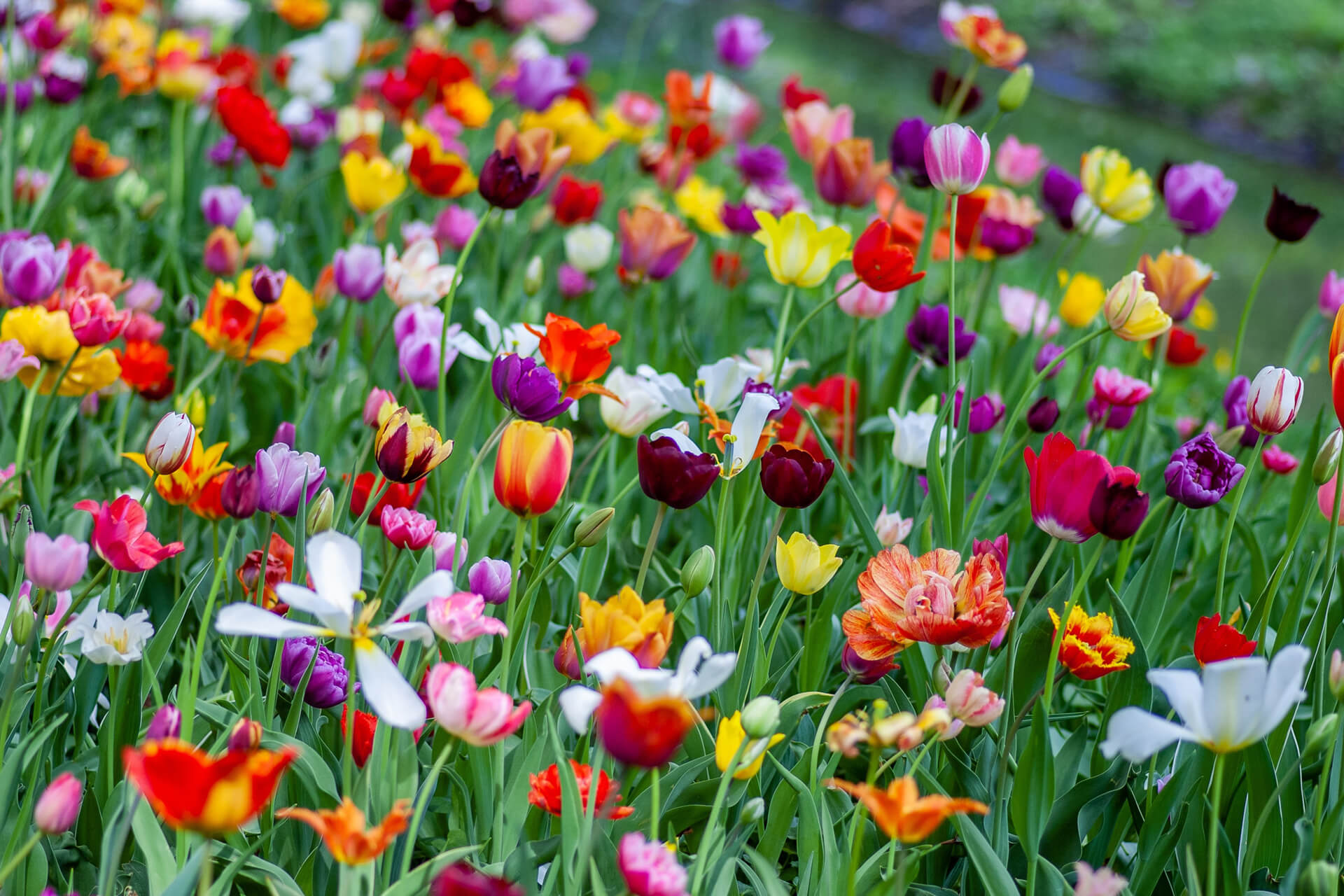And the order you’ll see them in
Spring brings us the welcome sight of early flowers, bursting into colour. If you, like me, grew up with your Ladybird books, you’ll know your flowers and when to spot them. I think that connection to nature can be less clear with later generations. So here’s a little guide to what to look out for as spring progresses, and perhaps it will help you to pass on a love of nature to your children too.
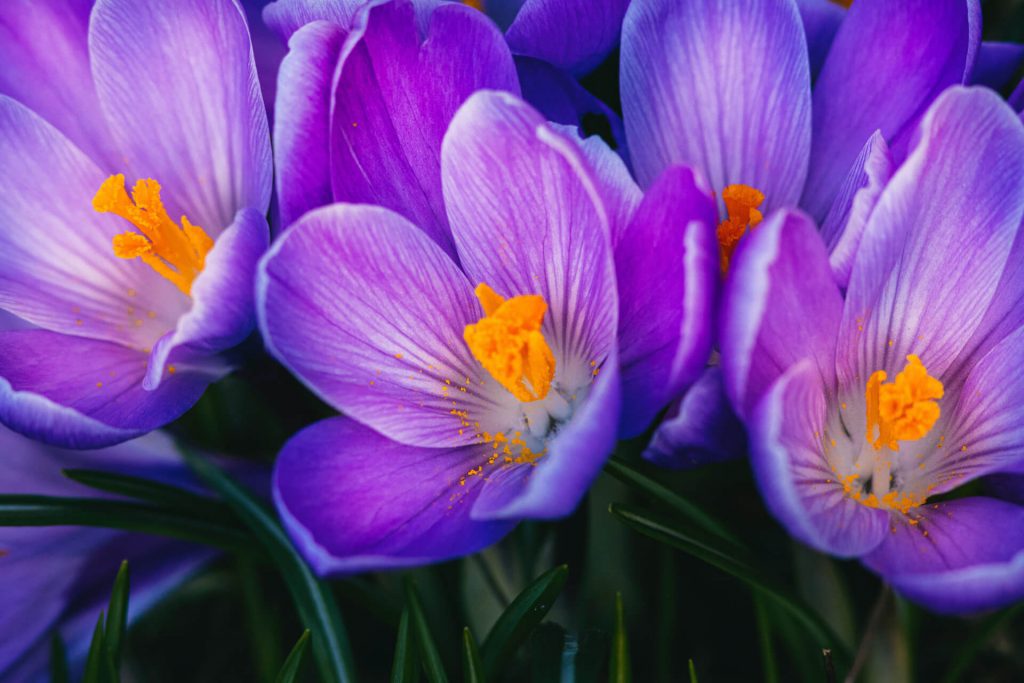
1. Crocuses
Peeping through the grass in parks, gardens and at the edges of woodlands, crocuses are one of the first signs that winter is giving way to spring. They have delicate purple-blue cups with orange stamens in the centre (the stamen is slender stalk and it produces pollen). They can also be yellow or white. Spot them Feb to March.
Did you know? There is also an autumn flowering crocus, crocus sativus, from which the rare and expensive spice, saffron is harvested.
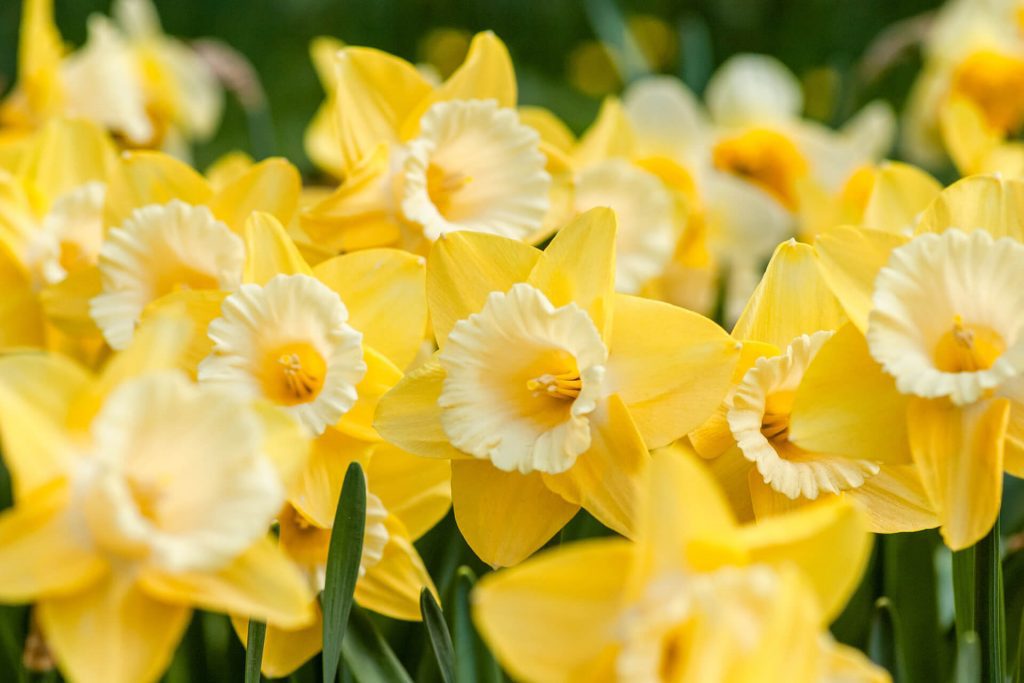
2. Daffodils
Probably the most familiar spring flower of all, daffodils tend to come into their own around Mothers’ Day and make the perfect present. Their bright yellow trumpet flowers atop long stems herald the brighter days to come. Spot them flowering in March.
Did you know? Daffodils hide a poison called lycorine behind their beauty, so keep the dog and the children away from them.

3. Cowslips
An early to mid-spring flower is the pretty cowslip. You may have to look a little bit harder to find these as they have become less common over recent years. In contrast to the brassy exuberance of daffodils, they are small and delicate. The flowers resemble little green puff sleeves with a rich yellow scallop at the end and you’re most likely to see them in old hedgerows and ancient woodlands. Spot them March to April.
Did you know? The name cowslip is thought to come from the old English for cow dung! They were often found growing amongst the cow pats in pastures.
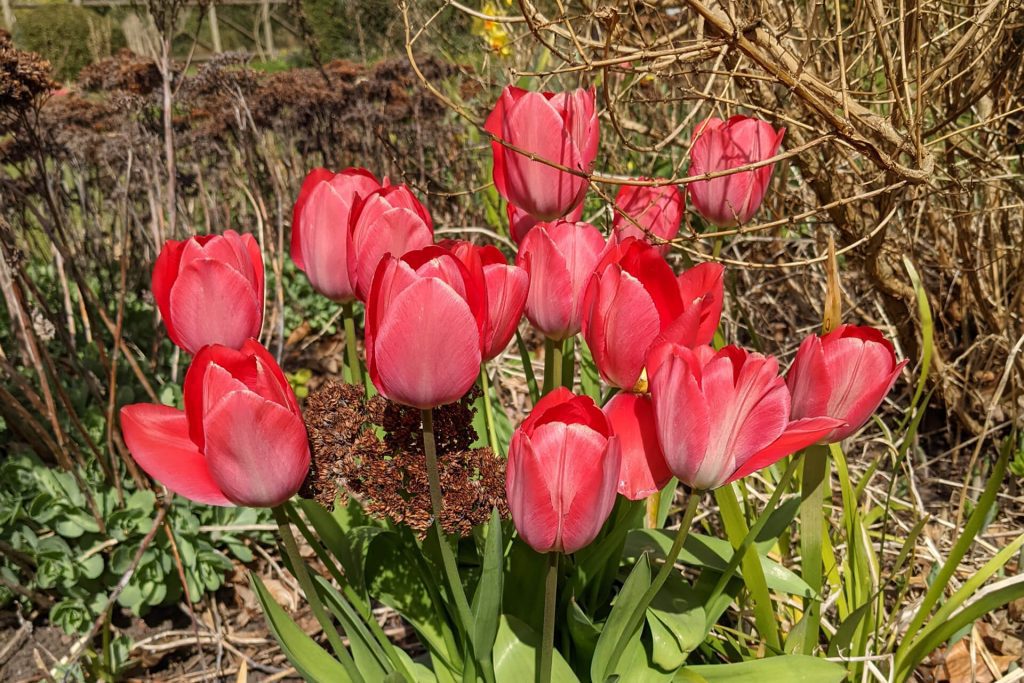
4. Tulips
What flower can beat the tulip for telling us to wake up and open our eyes to the colours of spring. You are most likely to encounter them in parks and gardens from late April into May.
Did you know? Tulips come in an array of colours, from bright yellows through to deep purples – but not blue. No grower has successfully cultivated a blue tulip.
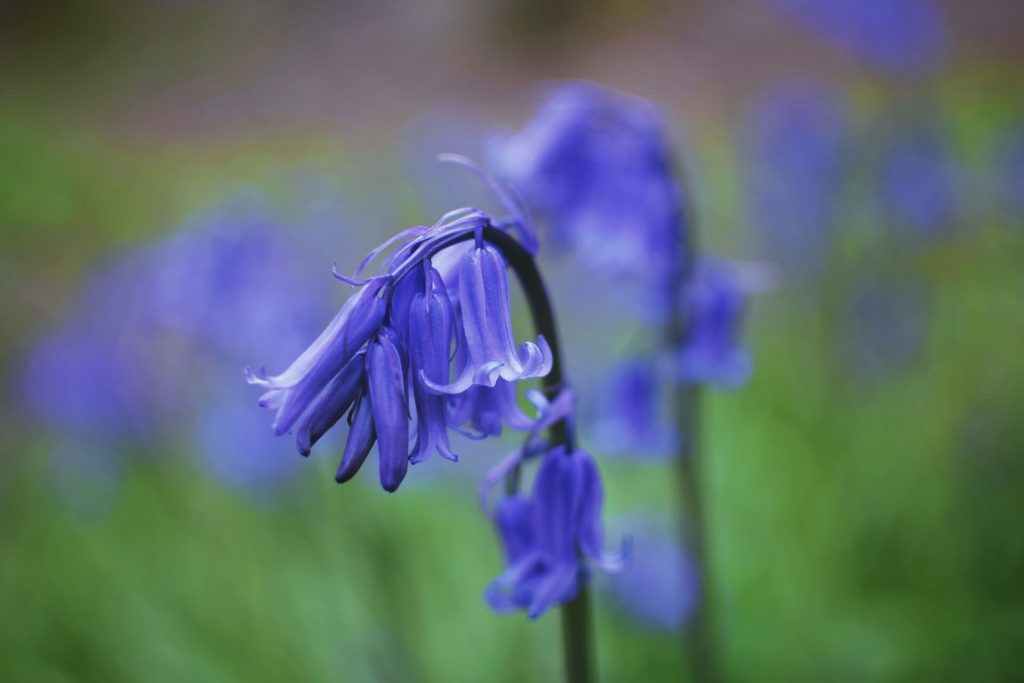
5. Bluebells
As spring progresses, bluebells appear. At first, all you can see is their slender deep green foliage but by the end of April the flowers begin to appear. Most commonly found in woodland, catching the sun before the tree canopy busts into leaf, they create the most enchanting carpet of shimmering blue.
Did you know? The native English bluebell is being crowded out by the Spanish one. Identify English bluebells by the fact that the flowers dip over from the stem and they are scented.
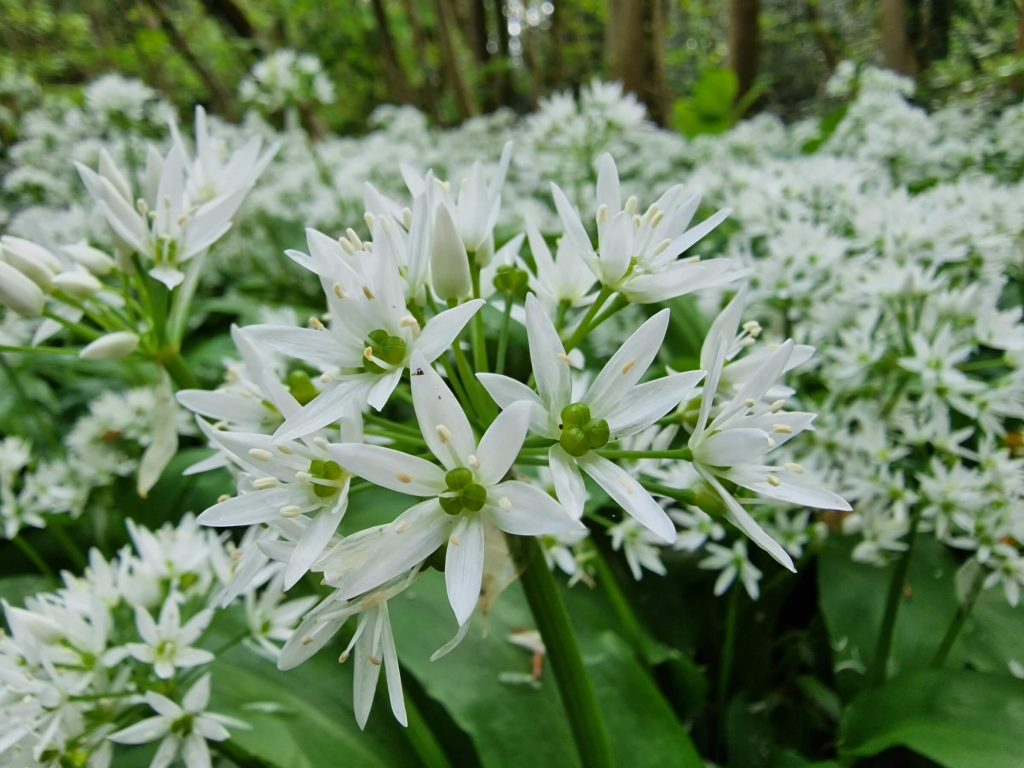
6. Wild Garlic
Also called ransoms, wild garlic does a similar thing to bluebells in that their fat green leaves appear in abundance before the creamy white flowers finally break out. The easiest way to identify them is by their scent, which is unmistakably garlic. They love the woodlands and they create a mass of white flowers gathered like pom poms at the head of a stem. Spot wild garlic during May.
Did you know? All parts of the wild garlic plant are edible. Usually the leaves are used and can add a subtle garlic flavouring to soups, salads, scones and more. You can use the flowers as a garnish.
